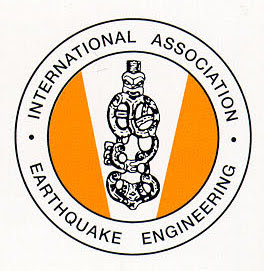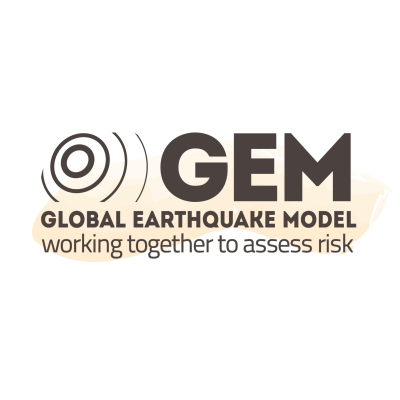advanced_technologies
Differences
This shows you the differences between two versions of the page.
| Next revision | Previous revision | ||
| advanced_technologies [2021/02/16 03:34] – created luisa | advanced_technologies [2025/04/29 15:16] (current) – external edit 127.0.0.1 | ||
|---|---|---|---|
| Line 1: | Line 1: | ||
| ====== Advanced technologies ====== | ====== Advanced technologies ====== | ||
| - | Advanced technologies in housing construction are not used as frequently as the more standard construction technologies described in earlier chapters, which involve the use of masonry, timber, and concrete. However, as with other innovations, | + | Advanced technologies in housing construction are not used as frequently as the more standard construction technologies described in earlier chapters, which involve the use of masonry, timber, and concrete. |
| + | |||
| + | However, as with other innovations, | ||
| + | As of this writing, the WHE database contains three reports describing the applications of advanced technologies: | ||
| + | |||
| + | For example, the sliding-belt isolation scheme was developed in Russia around 1975, with its first application in Kyrgyzstan in 1982. The disengaging reserve elements (DRE) were developed in Russia in 1970 and first applied in 1972. The first code addressing this type of construction was issued in 1981. In China, the widespread use of base isolation for housing has only been employed since 1990, with the first code addressing this technology published in 2000. | ||
| + | |||
| + | {{: | ||
| + | |||
| + | Further Introductory Reading: “{{: | ||
| + | (Farzad Naeim, John A. Martin Associates, Svetlana Brzev, British Columbia Institute of Technology) | ||
| + | |||
| + | Contents: | ||
| + | |||
| + | * Seismic Isolation | ||
| + | * Passive Energy Dissipation Devices | ||
| + | * Earthquake Performance | ||
| + | * Retrofit | ||
advanced_technologies.1613446471.txt.gz · Last modified: 2025/04/29 15:16 (external edit)



